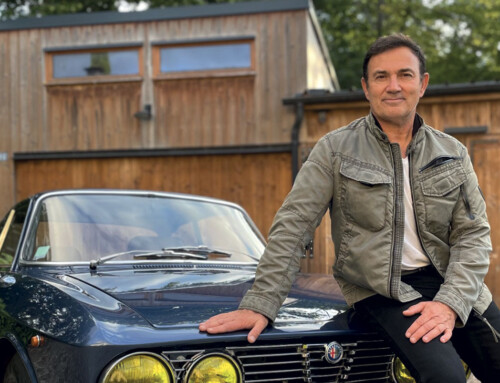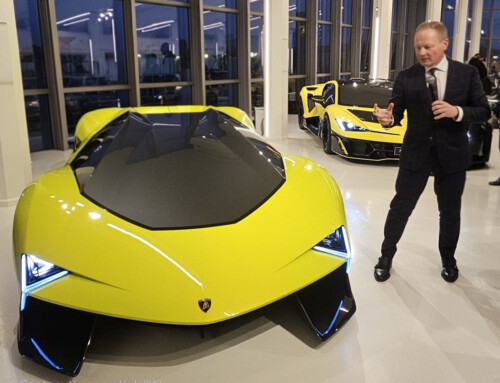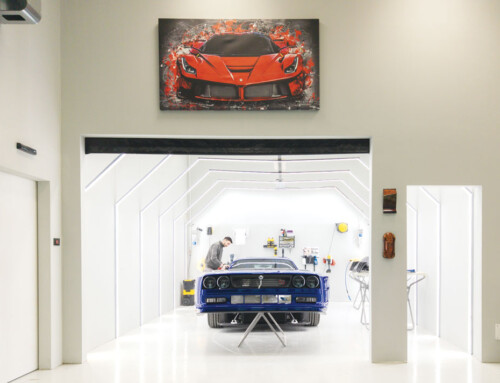Does the place where a designer works influence the form and function of his creations? It was a question that occurred to Robert Cumberford at the opening of Renault’s new Bastille design centre in the heart of Paris. In providing an answer, he also draws on his experience of car designers all over the world.
It would be interesting, he feels, to have the opportunity to design cars in Venice, a city that cannot fail to fire the creative imagination and one, moreover, where the absence of cars from its canals and its narrow alleyways transforms those everyday articles into pure figments of the imagination.
Interesting, but hardly feasible. And maybe, anyway, it makes no difference where the designer works, or whether his surroundings are ugly or beautiful. What they must be is stimulating and in infinite variety, because that provides endless nourishment for the creative juices. Often, in fact, designers gain more from urban chaos and its difficult situations, as long as everything is constantly changing, than from peace and quiet in the depths of the green countryside.
Companies insist on building campus style design centres “far from the madding crowd”, because rural land is cheap. That may make economic sense, but it means creative stagnation. So it’s not surprising that Patrick Le Quément chose to build Renault’s Paris style centre in La Bohème territory, in historical Paris or that Nakamura placed Nissan’s European Design Centre in central London.
As Renault Chairman Louis Schweitzer declared at the Paris opening: “designers need the variety offered by an effervescent environment. They will only remain innovative and motivated, if they spend time out in the satellite studios for a bit, before going back to their main studios in out-of-the-way places”.
The article continues in Auto & Design no. 142










